In early 2025, tensions between India and Pakistan escalated dramatically, culminating in one of the most severe confrontations since the 1971 war. The immediate catalyst was a terrorist attack on April 22 in Kashmir, resulting in the deaths of 26 civilians. India attributed the attack to Pakistan-based militants, leading to a series of military responses.NPRThe Times
The subsequent ceasefire, brokered with international assistance, marked a critical juncture in South Asian geopolitics. It not only halted active hostilities but also opened avenues for potential diplomatic engagements between the two nuclear-armed neighbors.Wikipedia
2. Escalation Leading to the Ceasefire
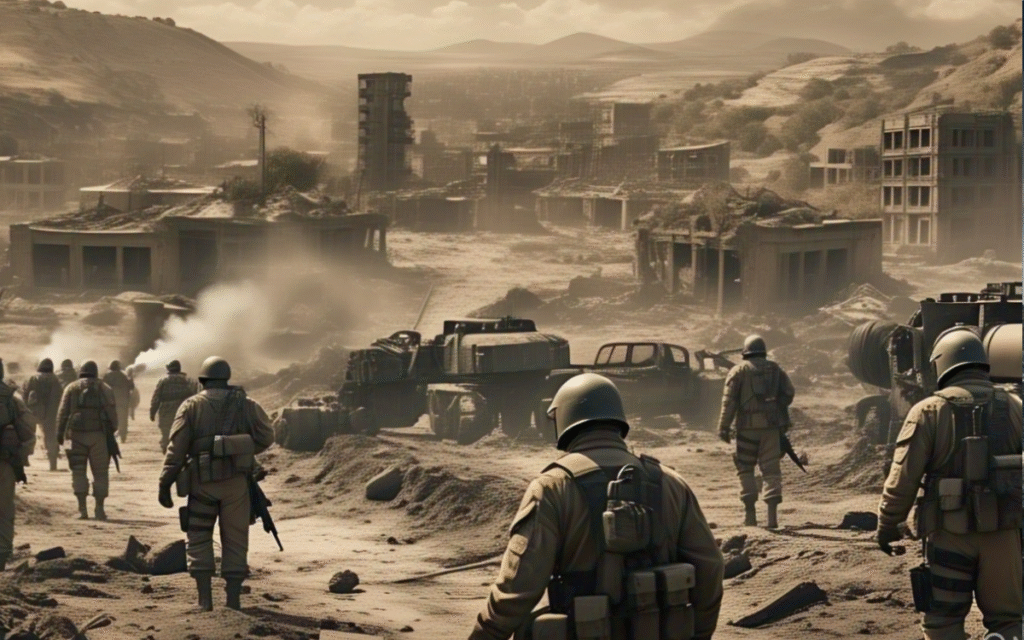
Triggering Events: The April 22 Kashmir Attack
The attack on Hindu pilgrims in Kashmir ignited widespread outrage in India. The government swiftly launched Operation Sindoor, targeting alleged terrorist infrastructures within Pakistan-administered territories.ReutersThe Times
Military Responses: Operation Sindoor and Retaliations
Pakistan responded by claiming the downing of five Indian jets and launching missile strikes on Indian military installations. The rapid escalation brought both nations perilously close to full-scale war, raising alarms globally.Financial Times+1Reuters+1
3. The Role of International Mediation

U.S. Involvement and Diplomatic Pressure
Recognizing the potential for a catastrophic conflict, the United States intervened diplomatically. President Donald Trump, leveraging trade relations, persuaded both nations to agree to a ceasefire. He emphasized the importance of dialogue and offered support for discussions on contentious issues like Kashmir.WikipediaWikipedia+2Financial Times+2The Times+2
Contributions from Other Global Players
Other nations, including China, the United Kingdom, and Gulf countries, also played roles in de-escalating tensions. Their collective efforts underscored the international community’s vested interest in South Asian stability.
4. The Ceasefire Agreement
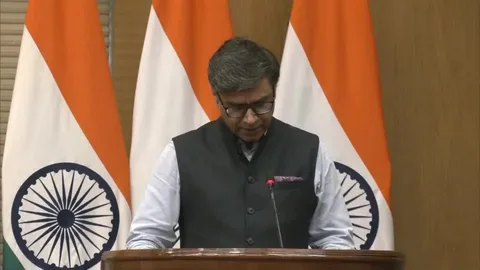
Terms and Conditions of the Truce
On May 10, 2025, both nations agreed to a comprehensive ceasefire, effective immediately. The agreement emphasized the cessation of all hostilities along the Line of Control (LoC) and other disputed areas.Sky News+6Wikipedia+6Reuters+6
Statements from Both Nations’ Leadership
Pakistani Prime Minister Shehbaz Sharif hailed the ceasefire as a diplomatic victory, while Indian Prime Minister Narendra Modi maintained a cautious stance, warning of potential repercussions if Pakistan continued to support terrorism.The Times+1Financial Times+1
5. Pakistan’s Claim of Having the Upper Hand

Official Statements and Media Narratives
Pakistan’s Information Minister declared that the nation had achieved a “victory as visible as daylight,” asserting that Pakistan now held the upper hand in its relations with India. Sky News+1YouTube+1
Strategic Gains and Public Perception
The narrative of having the upper hand bolstered national morale in Pakistan. The government’s portrayal of the ceasefire as a strategic success resonated with the public, reinforcing a sense of national pride.
6. India’s Perspective on the Ceasefire
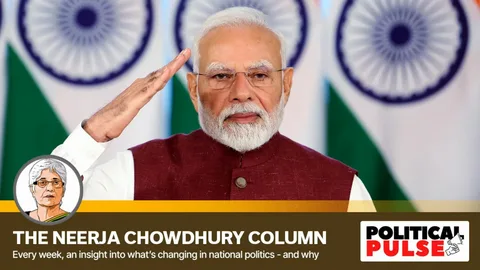
Government’s Stance and Public Sentiment
While the Indian government agreed to the ceasefire, it emphasized that the decision was a strategic pause rather than a concession. Prime Minister Modi warned that any future support for terrorism by Pakistan would be met with decisive action.
Military Achievements and Political Implications
India highlighted its successful military operations, including the neutralization of key targets and the interception of hostile projectiles. However, some domestic critics viewed the ceasefire as a missed opportunity to further pressure Pakistan.The Times of India+1Reuters+1
7. Ceasefire Violations and Accusations

Incidents Reported Post-Agreement
Despite the ceasefire, both nations accused each other of violations. India reported drone sightings and explosions in Jammu and Kashmir, while Pakistan denied these allegations and countered with its own claims of Indian aggression. Sky News+4BBC+4Wikipedia+4AP News+2AP News+2Wikipedia+2
Mutual Blame and Diplomatic Repercussions
These mutual accusations threatened to undermine the fragile truce. However, diplomatic channels remained open, with both sides expressing a commitment to maintaining peace.Sky News+1AP News+1The Times of India
8. Impact on Civilian Life
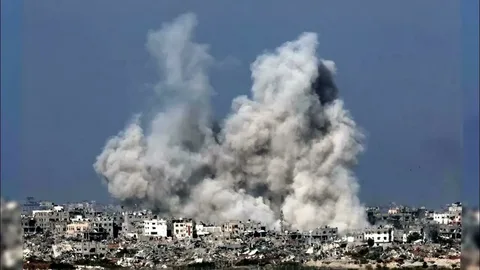
Displacement and Humanitarian Concerns
The conflict led to significant civilian displacement, particularly in border regions. Many families were forced to flee their homes, seeking refuge in safer areas.
Economic and Social Ramifications
The hostilities disrupted daily life, affecting local economies and social structures. Schools were closed, businesses suffered, and the psychological toll on civilians was profound.
9. Resumption of Cultural and Sporting Events
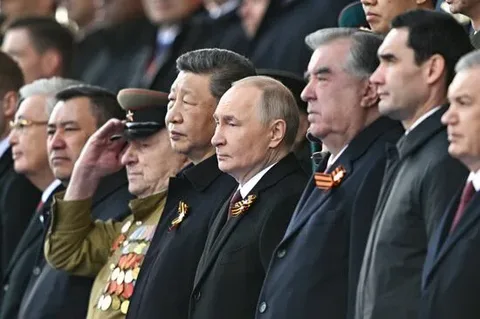
Pakistan Super League (PSL) Resumption
In a sign of returning normalcy, the Pakistan Super League announced the resumption of matches, which had been suspended due to security concerns during the conflict. AP News
Implications for Regional Stability
The resumption of cultural and sporting events signaled a tentative return to stability. Such activities play a crucial role in healing and rebuilding communities post-conflict.
10. Future of India-Pakistan Relations
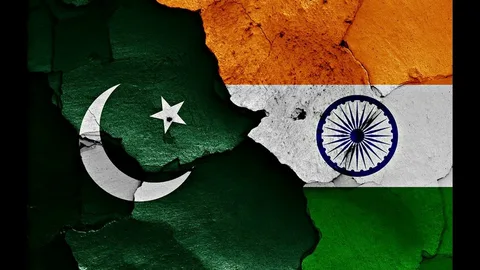
Potential for Dialogue and Peace
The ceasefire presents an opportunity for renewed dialogue between India and Pakistan. Addressing core issues, including terrorism and the Kashmir dispute, through diplomatic means could pave the way for lasting peace.The Times of India
Challenges Ahead
However, deep-seated mistrust and historical grievances pose significant challenges. Sustained efforts, confidence-building measures, and international support will be essential in overcoming these hurdles.
11. Conclusion
The 2025 ceasefire between India and Pakistan stands as a testament to the power of diplomacy and international cooperation. While the path to lasting peace is fraught with challenges, the agreement offers a glimmer of hope for a more stable and prosperous South Asia.
